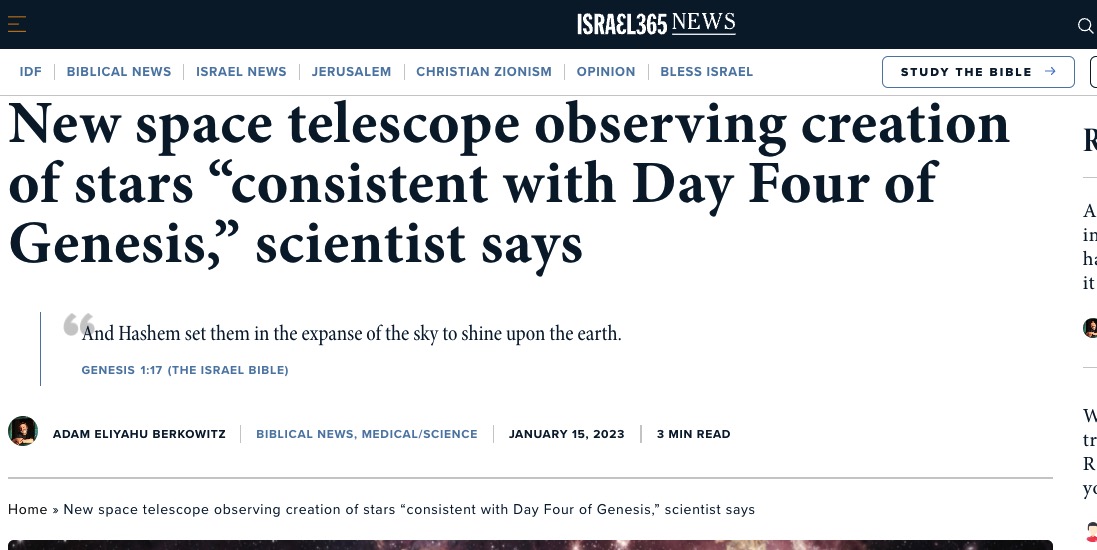(Worthy Insights) – Scientists are using a new space telescope to peek into a space cloud and witness the birth of stars and planets in a process that one scientist describes as being “consistent with the story of Creation.”
The James Webb space telescope, the largest optical telescope in space, was launched 13 months ago at a total cost of $10 billion and began sending images back to earth in July. It recently turned its lens toward NGC 346, a cluster of stars located in the Small Magellanic Cloud (SMC) more than 200,000 light-years from Earth. While visible to the naked eye, the SMC is estimated to be 3-5 billion years old and is considered a “primitive” dwarf galaxy that resembles the conditions of the early universe with relatively low concentrations of elements heavier than hydrogen and helium. Scientists believe it is the kind of galaxy that is the building block for larger galaxies and is easier to study.
NGC 346 contains about 2,500 infant stars and researchers hope that observing it can help them understand how the first stars formed during the “cosmic noon”, only 2 or 3 billion years after the big bang, when star formation was at its peak. [ Source: Israel365 (Read More…) ]

